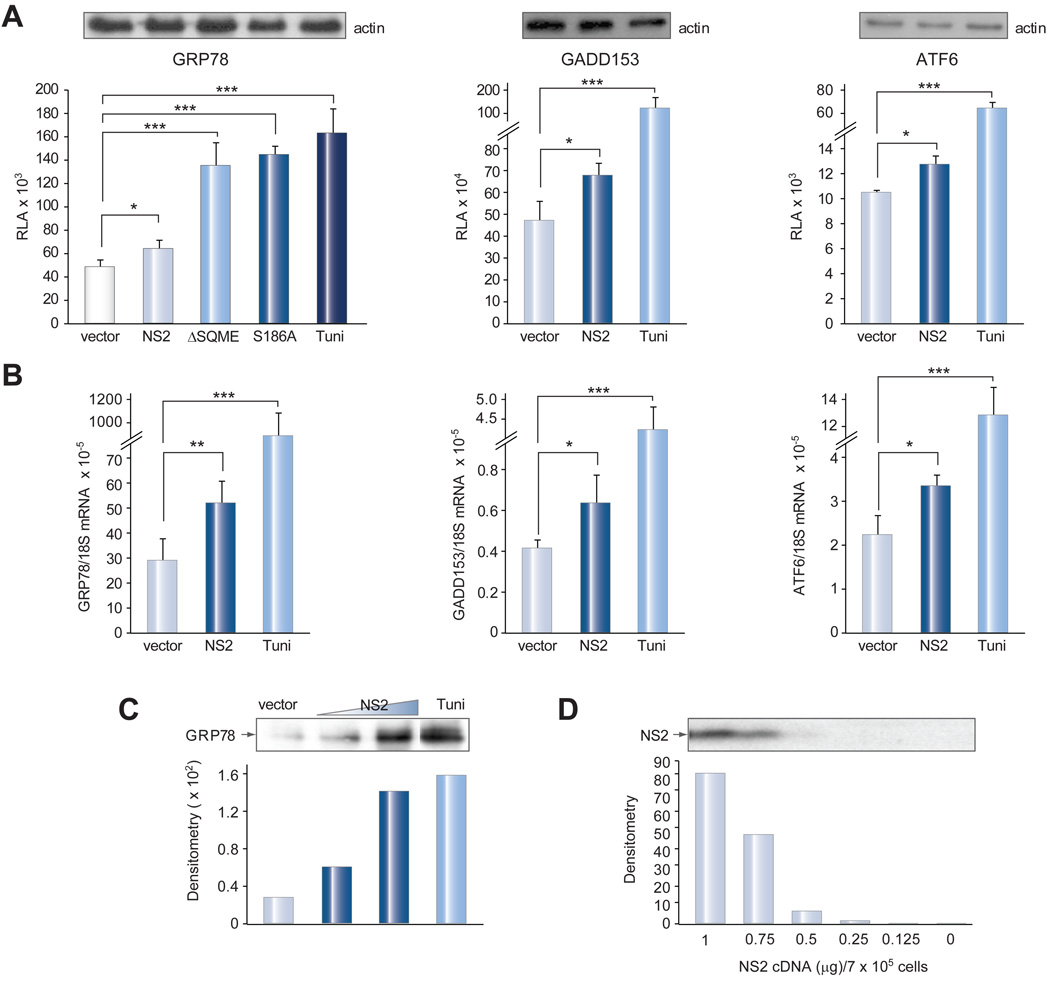Fig. 3. NS2 protein activated three ER stress inducible genes.
(A) GRP78, GADD153, and ATF6 promoter activities. Huh-7 cells grown in 24-well plates (1.5 × 105) were transfected in quadruplicate with a luciferase reporter construct driven by GRP78, GADD153, or ATF6 promoter (35 ng/well), together with the empty vector or the expression construct for the full-length NS2 protein (70 ng/well). Cells were lyzed 2 days later for measurement of luciferase activity. Relative luciferase activity (RLA) is presented as the mean ± SD and adjusted by transfection efficiency according to a SEAP assay. For positive control, cells were incubated with 10 µg/ml of tunicamycin (Tuni) overnight. Actin served as a loading control (top). (B) GRP78, GADD153, and ATF6 mRNA levels. Huh-7 cells were transfected with empty vector or NS2 construct as described above. mRNA was quantified by reverse transcription-real time PCR. The relative mRNA abundance (ng) was calculated over 18S, and shown as the mean ± SD (n-4). *p <0.05, ** p <0.005, ***p <0.0005. (C) GRP78 protein level. Huh-7 cells (~7 × 105) were transfected with empty vector (1 µg) or the NS2 expression construct (0.5 µg or 1µg). GRP78 was detected by IP-Western blot. Tunicamycin treatment (10 µg/ml) served as a control. (D) Dose-dependent expression of NS2 protein (1a genotype). NS2 was detected at day 2 p.t. by a monoclonal antibody against the HA tag. This serves as a reference for relative NS2 expression level in different transfection experiments.

